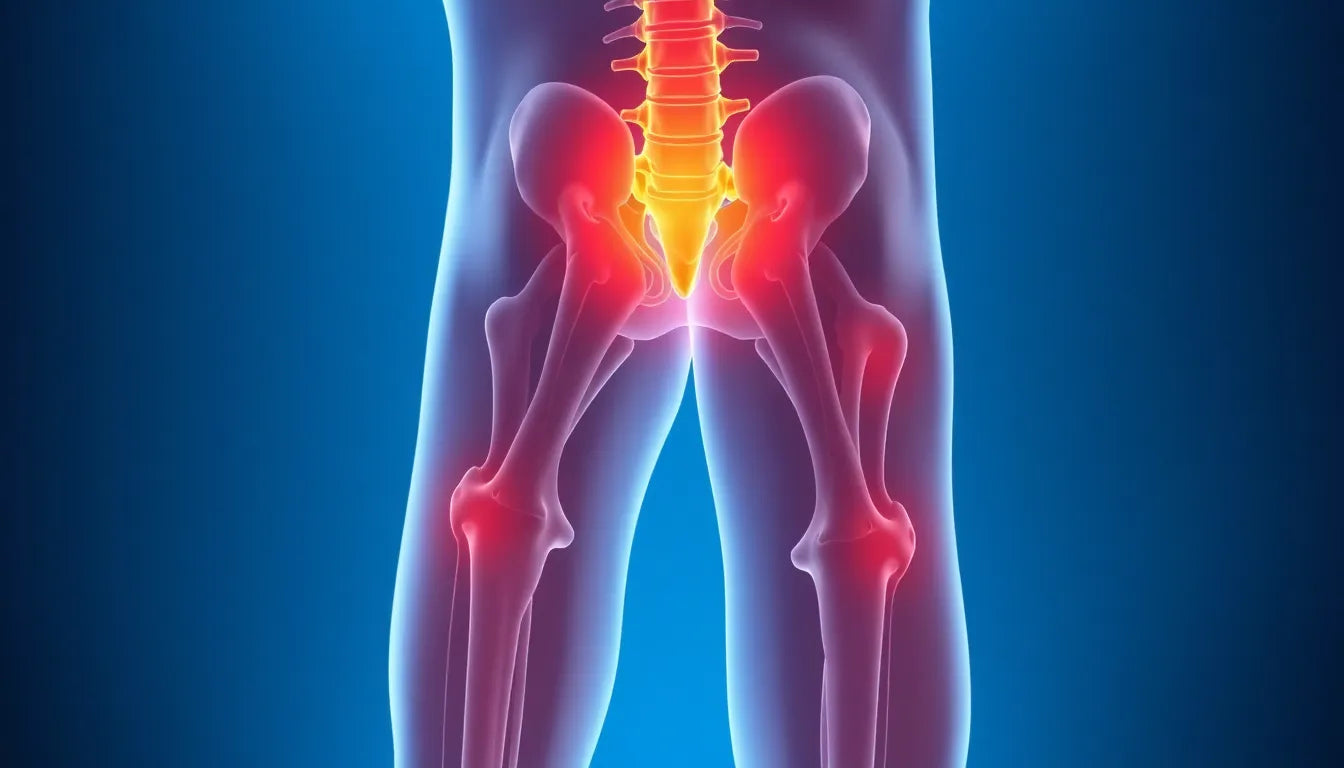Undergoing herniated disc surgery can be a daunting prospect, but understanding the process can alleviate some concerns and help set realistic expectations. A herniated disc occurs when the soft inner gel of a spinal disc pushes through its tougher exterior casing, often leading to pain, numbness, or weakness. Surgery becomes necessary when conservative treatments fail to relieve symptoms or if neurological deficits become apparent. Common surgical procedures for addressing a herniated disc include microdiscectomy and lumbar decompression, both aimed at relieving pressure on the spinal nerves.
Understanding herniated disc surgery
Microdiscectomy is a minimally invasive procedure where a small portion of the bone over the nerve root or disc material is removed to provide more space for the nerve to heal. Lumbar decompression, on the other hand, involves removing a portion of the vertebra to relieve pressure on the spinal cord or nerves. These surgeries are generally straightforward and often performed on an outpatient basis, but knowing what to expect in terms of surgery duration and recovery time is crucial for planning and peace of mind.
The importance of recovery time
Recovery time is a significant factor in determining when a patient can return to their daily activities and resume a normal quality of life. It not only affects physical health but also impacts emotional well-being and productivity. The main question for many undergoing this procedure is: How long does herniated disc surgery and its recovery really take? While the surgery itself typically lasts between one to two hours, the recovery process varies significantly among individuals. Factors such as the patient's overall health, the complexity of the surgery, and adherence to post-operative care instructions all play a role in determining the recovery timeline.
Understanding the duration of herniated disc surgery and the associated recovery phases is essential for anyone considering this procedure. It allows patients to prepare adequately, set realistic expectations, and engage proactively in their recovery, ultimately leading to a smoother and more successful outcome.
Duration of herniated disc surgery
When considering herniated disc surgery, understanding the duration of the procedure itself is crucial. Typically, surgeries such as microdiscectomy or lumbar decompression take between 1 to 2 hours. However, the exact time can vary based on the complexity of the individual case and the specific surgical technique employed. Factors like the surgeon's experience and the patient's unique anatomy can also influence the length of the procedure. While the surgery duration is relatively short, it is just the beginning of the recovery journey.
Recovery stages and timeline
Post-surgery recovery is a multi-stage process, with each phase playing a critical role in the patient's overall healing and return to normal activities. Understanding these stages can help set realistic expectations and prepare for a smoother recovery.
Initial recovery: first days
Immediately following surgery, patients can expect to be discharged the same day or within 1 to 4 days, depending on the specific procedure and individual health factors. The length of hospital stay is influenced by the patient's overall health, the type of surgery performed, and any immediate post-operative complications. During this period, patients are closely monitored to ensure stable recovery and manage any initial pain or discomfort.
Short-term recovery: first weeks
The first few weeks after surgery are crucial for recovery. Patients often experience the most significant symptoms, such as pain and fatigue, within the first 1-2 weeks. However, many start noticing improvements in pain and mobility between 2-4 weeks post-surgery. Adhering to post-operative care instructions, such as avoiding strenuous activities and following prescribed medication regimens, is essential for optimal recovery during this phase.
Return to work and activities
Returning to work and daily activities is a significant milestone in the recovery process. The timeline for resuming these activities varies based on the nature of the patient's job and the physical demands involved.
Light work and non-strenuous activities
Patients can typically return to light work or non-strenuous activities within 2-4 weeks post-surgery. This timeframe allows for sufficient healing and reduction in symptoms, enabling patients to resume tasks that do not require heavy lifting or extensive physical exertion.
Strenuous work
For those with physically demanding jobs, the timeline for returning to work may extend up to 3 months. This extended period allows for complete recovery and minimizes the risk of re-injury or complications. Patients are advised to consult with their healthcare providers to determine the appropriate time to resume such activities.
Full recovery
Full recovery from herniated disc surgery is generally expected within 6-12 weeks for most activities. However, in cases involving more complex surgeries or individual health considerations, complete recovery may take 3-6 months. Patients should focus on gradual increases in activity levels and adhere to medical advice to ensure a successful recovery.
Role of physical therapy and rehabilitation
Physical therapy and rehabilitation are integral components of the recovery process. Starting physical therapy within a few weeks post-surgery can significantly aid in rebuilding strength and enhancing mobility. Therapists work with patients to develop customized exercise plans that promote healing and prevent future injuries. Additionally, incorporating ergonomic aids and practices can support long-term spinal health, further enhancing recovery outcomes.
Factors affecting recovery time
Recovery from herniated disc surgery is not a one-size-fits-all process. Various factors can influence how quickly a patient recovers and returns to their normal activities. Age is a significant factor; younger patients often heal faster due to their generally better overall health and more resilient tissues. Likewise, pre-surgery fitness levels can impact recovery, as those who maintain a healthy lifestyle may find it easier to regain strength and mobility.
Overall health is another crucial consideration. Patients with chronic conditions such as diabetes or heart disease may experience slower recovery times due to the body's reduced ability to heal efficiently. Additionally, the complexity of the surgery itself can affect recovery duration. More extensive procedures or those involving complications may require a longer healing period.
Tips for a smoother recovery
While recovery can vary, there are several strategies patients can adopt to facilitate a smoother and more effective healing process. Pain management is essential; following prescribed medication regimens can help control discomfort and allow for more active participation in rehabilitation exercises. Patients should also adhere to activity restrictions, avoiding heavy lifting and strenuous activities until cleared by their healthcare provider.
Monitoring for signs of complications is critical. Patients should watch for symptoms such as increased pain, swelling, or fever, which could indicate an infection or other issues requiring medical attention. Gradually increasing activity levels, as advised by a healthcare professional, can help rebuild strength and restore function without overexertion.
Summary table: typical recovery timeline after herniated disc surgery
| Stage/Period | What Happens |
|---|---|
| Surgery duration | 1-2 hours (varies by procedure) |
| Hospital stay | Same day to 1-4 days |
| Acute phase | Most discomfort/pain (1-2 weeks) |
| Initial improvement | Symptom relief, begin physical therapy (2-4 weeks) |
| Return to light work | 2-4 weeks (longer if physically demanding) |
| Full functional recovery | 6-12 weeks (may extend to 3-6 months) |
Conclusion
Understanding the recovery timeline after herniated disc surgery is crucial for setting realistic expectations and preparing for a successful outcome. While the surgery itself is relatively short, the recovery process involves multiple stages that require patience and adherence to medical advice. By focusing on factors such as age, overall health, and personalized recovery plans, patients can navigate their healing journey more effectively. Remember, recovery is a gradual process, and consulting with healthcare professionals for personalized guidance is always recommended.
Frequently Asked Questions
How long does herniated disc surgery take?
Herniated disc surgery typically takes between 1 to 2 hours, depending on the procedure and complexity of the case.
When can I go back to work after surgery?
Light work can often be resumed within 2-4 weeks, while more strenuous work may require up to 3 months for a safe return.
What are the signs of a successful recovery?
A successful recovery is indicated by decreased pain, increased mobility, and the ability to resume daily activities without discomfort.
How can I speed up my recovery?
To speed up recovery, follow post-operative care instructions, engage in recommended physical therapy, and use ergonomic aids to support spinal health.
Sources
- OSSWF. "Herniated Disc Surgery Recovery."
- Alberta Health Services. "Microdiscectomy Aftercare."
- NHS. "Lumbar Decompression Surgery: Recovery."
- Atlantic Spine Center. "Microdiscectomy Healing Process."
- Instituto Clavel. "Technique-Specific Timelines for Recovery."
- Spine MD. "Recovery Timeline Breakdown."
- Todd J. Albert, MD. "Long-Term Recovery Perspectives."


















